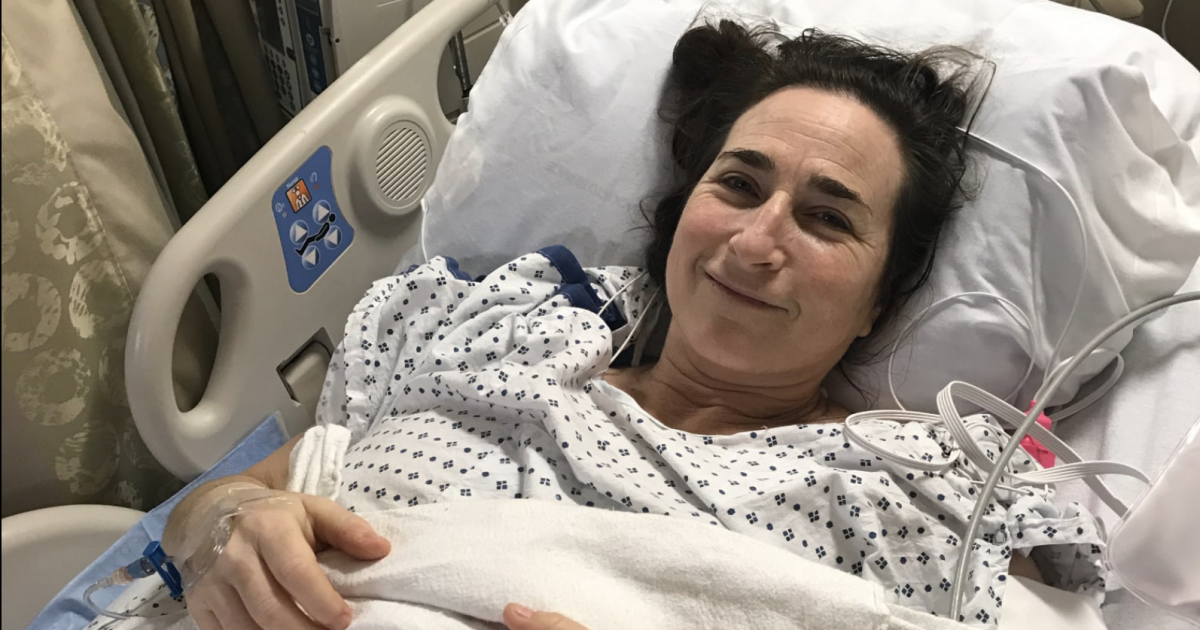Genetic variants and mutations can cause changes in a person's DNA. While many variants do not cause disease, there are certain mutations that can play a role in the risk of tumor growth as well as development. The Von Hippel Lindau (VHL) mutation causes a condition known as VHL disease, a rare hereditary condition affecting approximately 1 out of every 36,000 people.
VHL and Hereditary Cancer Syndromes
Hereditary cancer syndromes are conditions that are seen within family members. These syndromes can be recognized due to a pattern of similar behavior but may also be genetically passed down, making a person more predisposed to certain cancers and syndromes.
Read MoreWhat is Autosomal Dominant Inheritance?
In genetics, each parent provides one set of information to a child in the form of a chromosome that contains two alleles. Each chromosome has the parent's genetic information encoded. The two chromosomes will combine information by matching one allele from each parent together at specific areas of the chromosome to form a gene. If something is considered autosomal dominant, it means that only one copy of a gene is necessary to pass along a disease. In patients who are diagnosed with the disease, the mutation is found on one allele of a chromosome. Because of this, there is a 50% chance offspring will have the disease.Although the mutation is considered autosomal dominant, it is still possible for someone to develop the disease sporadically or by chance. If someone is diagnosed with VHL and has no parental history of the disease, they are considered to have a "de novo" change, meaning it is new. De novo cases account for roughly 20% of all diagnoses.
It's important to note that once a diagnosis is made in de novo patients, their risk of passing the disease on to future generations is the same as others who inherited the mutation from a parent.
What is a Germline Mutation?
VHL is considered a germline mutation. Germline mutations occur during conception and are passed along from one parent. Because it is passed along during conception, the mutation is copied into the child's genome and has the potential to pass on to future generations, depending on the specific mutation.
Germline mutations account for 5-20% of all cancers and are different than acquired mutations that typically occur due to a sporadic experience that causes genetic damage, such as exposure to UV radiation or alcohol.
VHL Mutation Function and its Role in VHL
Tumor Suppressor Genes
The mutation of the VHL gene can result in increased cell division and growth. Normally, the VHL protein works in the body to help prevent cells from growing too quickly. If the tumor suppressor gene is not working properly, the cellular production becomes unregulated, and cells are able to divide uncontrollably. This can result in abnormal cell growth and the formation of cysts as well as tumors.
People who have a mutation for this tumor suppressor gene may have a mutation that either reduces the function or stops function altogether. There are several different types of mutations that can occur, with over 500 documented mutations that result in abnormal tumor suppression and function of the VHL protein. Examples of mutations that can occur include exon deletions, missense mutations, nonsense mutations, frameshift mutations, truncating, and splice-site mutations.
Where do VHL Mutations Occur?
The VHL protein has a significant role in tumor regulation and suppression throughout the body, especially in cells that form blood vessels. As a result, tumors called hemangiomas are typically found within the central nervous system and the eyes. Cysts and tumor growth can also occur throughout the kidneys, pancreas, adrenal glands, and other places throughout the body because of the VHL mutation. Growth can be in the form of cysts, benign (non-cancerous) tumors, or malignant (cancerous) tumors.
The type of tumor growth that may occur can be based on your specific VHL subtype. Subtypes are generally broken down based on general clinical manifestations that are observed with others diagnosed with the disease that exhibit similar genomic mutations. Subtypes include the following:
- Type I
- Truncating variants and exon deletions within mutation
- Lower risk for pheochromocytomas
- Type II
- Missense mutations
- Higher risk for pheochromocytomas.
- It can also be stratified out into subgroups to identify the risk for renal cell carcinoma.
Why Does the Von Hippel Lindau (VHL) Mutation Cause Different Growths in Different People?
Because the mutation is only found on one allele, a second mutation is necessary to remove the tumor suppression function. The mutation can occur in cells throughout the body and is random. As a result, some patients may have a mutation in cells within the adrenal glands, leading to the growth and development of a pheochromocytoma, whereas others may have a mutation within the pancreas, leading to a pancreatic neuroendocrine tumor.
It’s important to note that, although most people with a VHL mutation will develop cysts and tumors throughout their lives, the second mutation may never occur. Roughly 3% of patients born with the mutation will remain asymptomatic and have no manifestations of the disease by the time they are 65 years old.
Because the disease can impact multiple organ systems, and due to the unique presentation of each individual patient, it is recommended those with the VHL mutation or suspected mutation be evaluated at a VHL Alliance recognized Comprehensive Clinical Care Center (CCCC). These care centers are equipped with health care providers from a variety of specialties that have experience in treating and managing VHL disease via a multidisciplinary team-based approach.
How do I know if I have the VHL Mutation?
The only way to formally identify if you or another patient have the mutation is through genetic testing. Your physician will take a blood sample and will test for the mutation within your DNA. If it is found, routine surveillance will be necessary to identify any manifestations of the disease as early as possible.
Because it is a rare disease, it is generally not recommended to undergo genetic testing unless a diagnosis is suspected. However, patients with family members who have tested positive, as well as people who have been diagnosed with certain cancers (e.g., hemangioblastoma, pheochromocytoma), may benefit from genetic testing.
Is the VHL Mutation Curable?
There is currently 'no cure' for the VHL mutation. However, with proper surveillance and monitoring, members of your healthcare team can work to identify any new growths related to the mutation as early as possible. Your provider will monitor lab values, diagnostic imaging, and provide a complete physical workup and evaluation to monitor your disease state and keep you on track to better health.
If intervention is needed, treatment is based on the individual clinical picture. Treatment may include surgical removal or resection, systemic medications, or radiation therapy, or your provider may elect to passively monitor select growths without any treatments or interventions.
Moving Forward – Questions to Ask Your Doctor
- What is a mutation?
- Do I need to be tested for the VHL mutation?
- What can I do to manage my VHL disease?
Learn more about SurvivorNet's rigorous medical review process.





